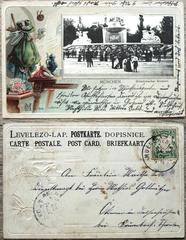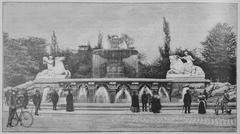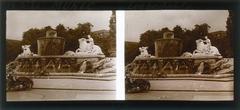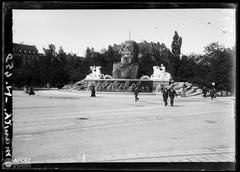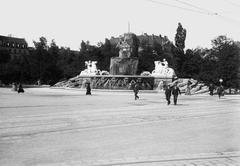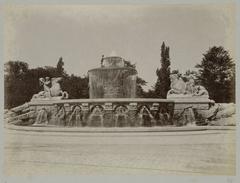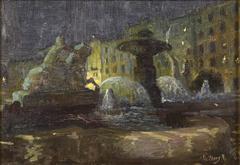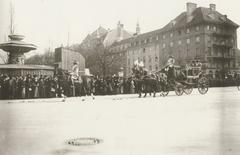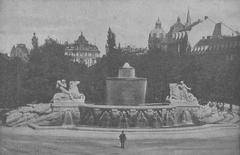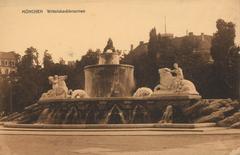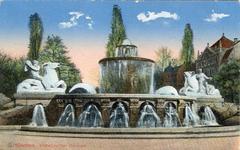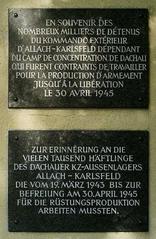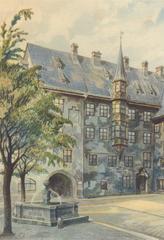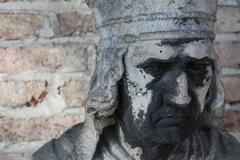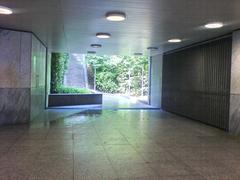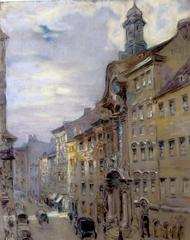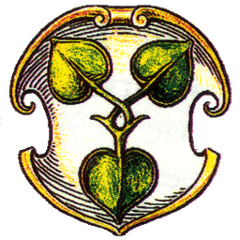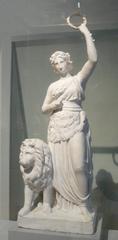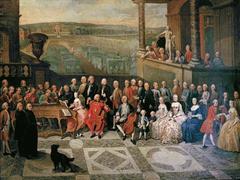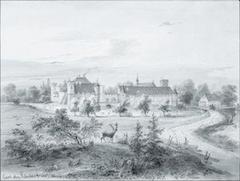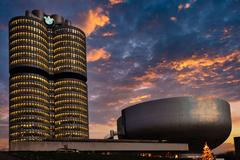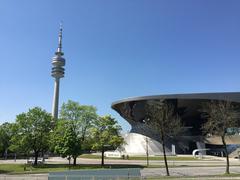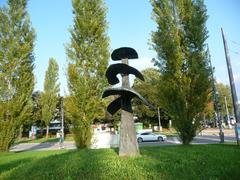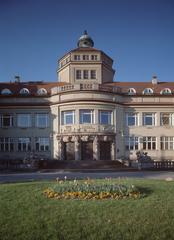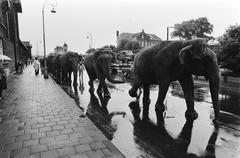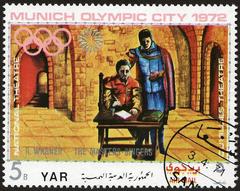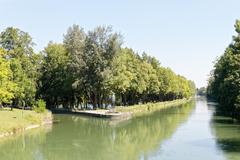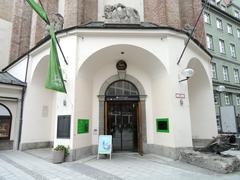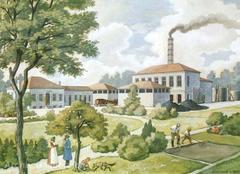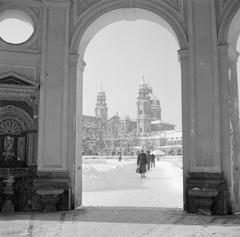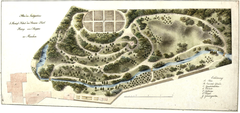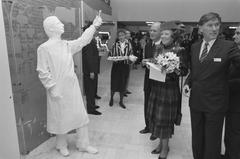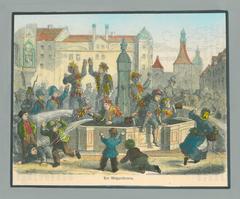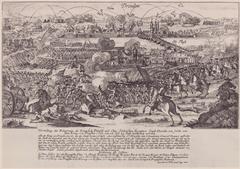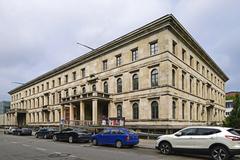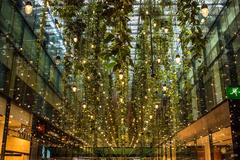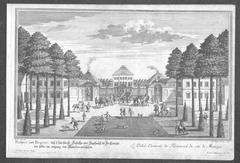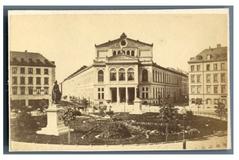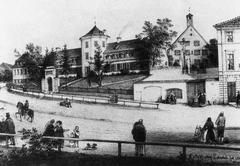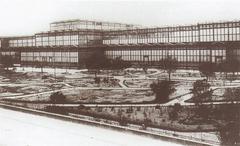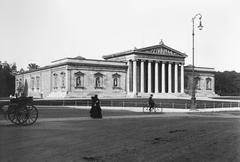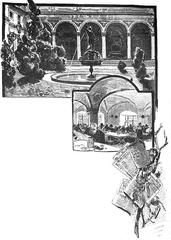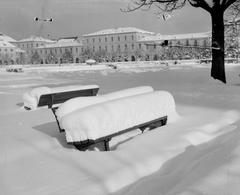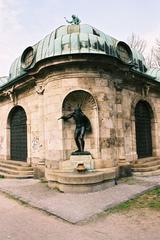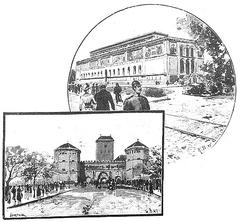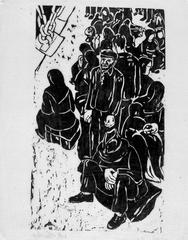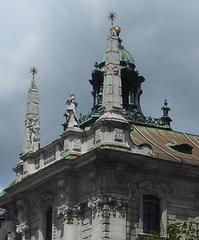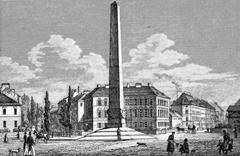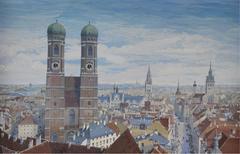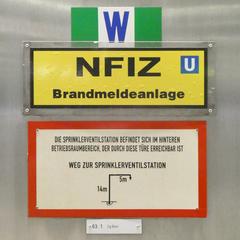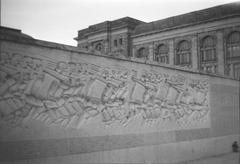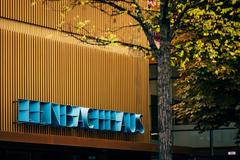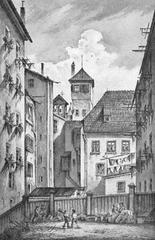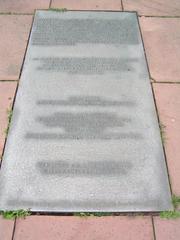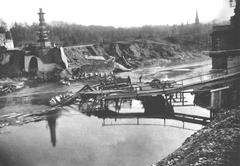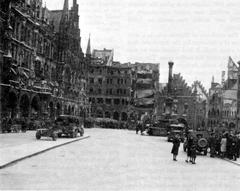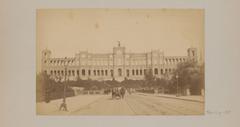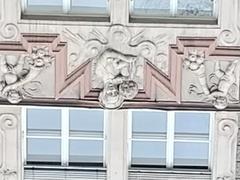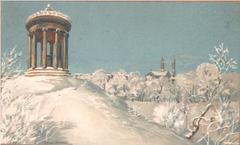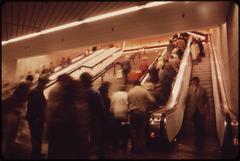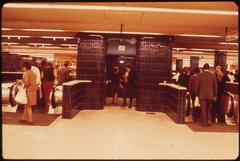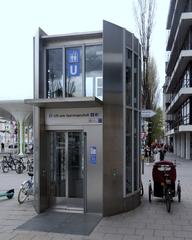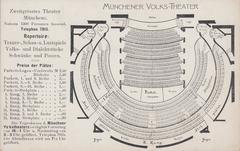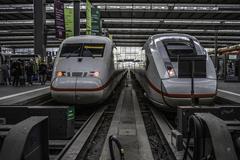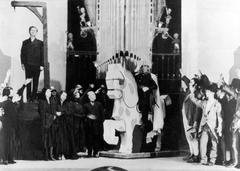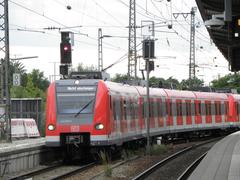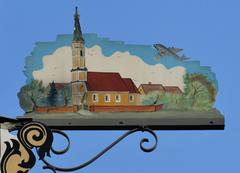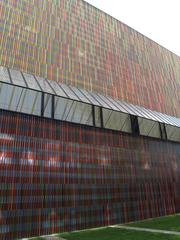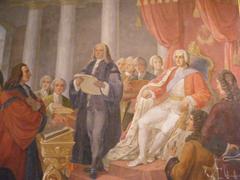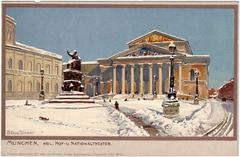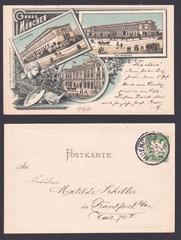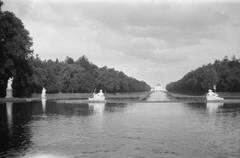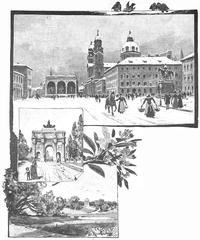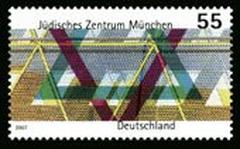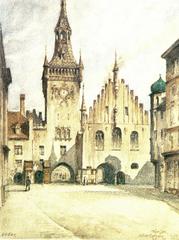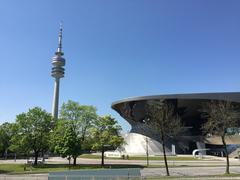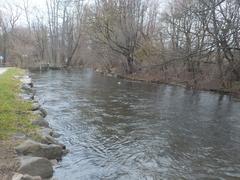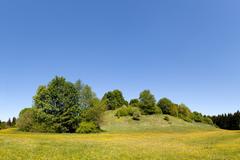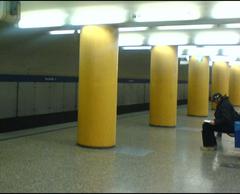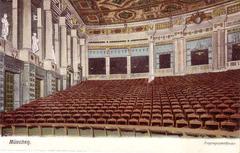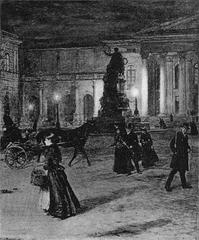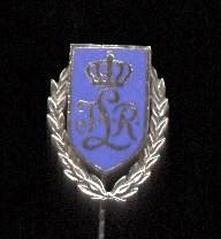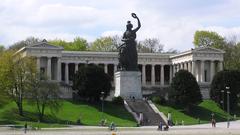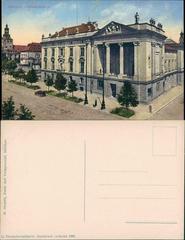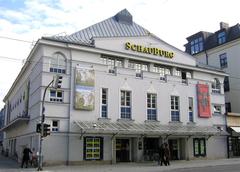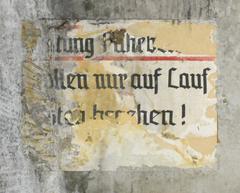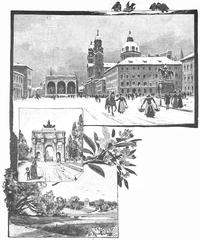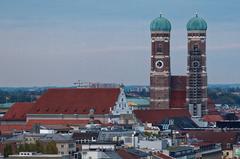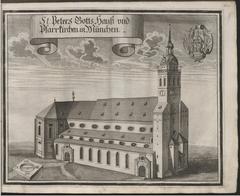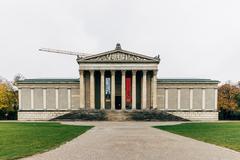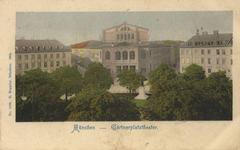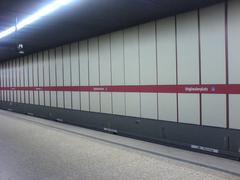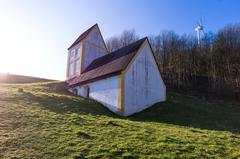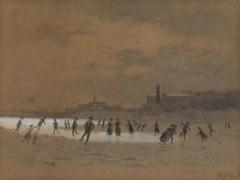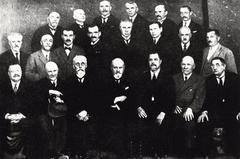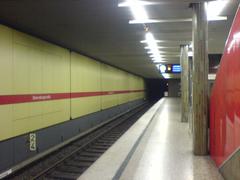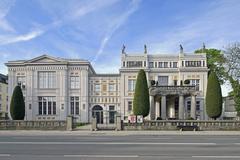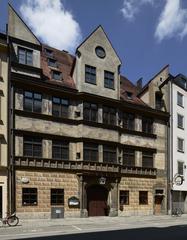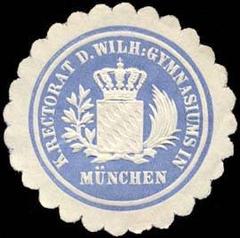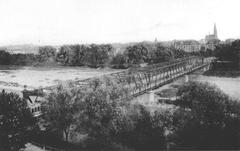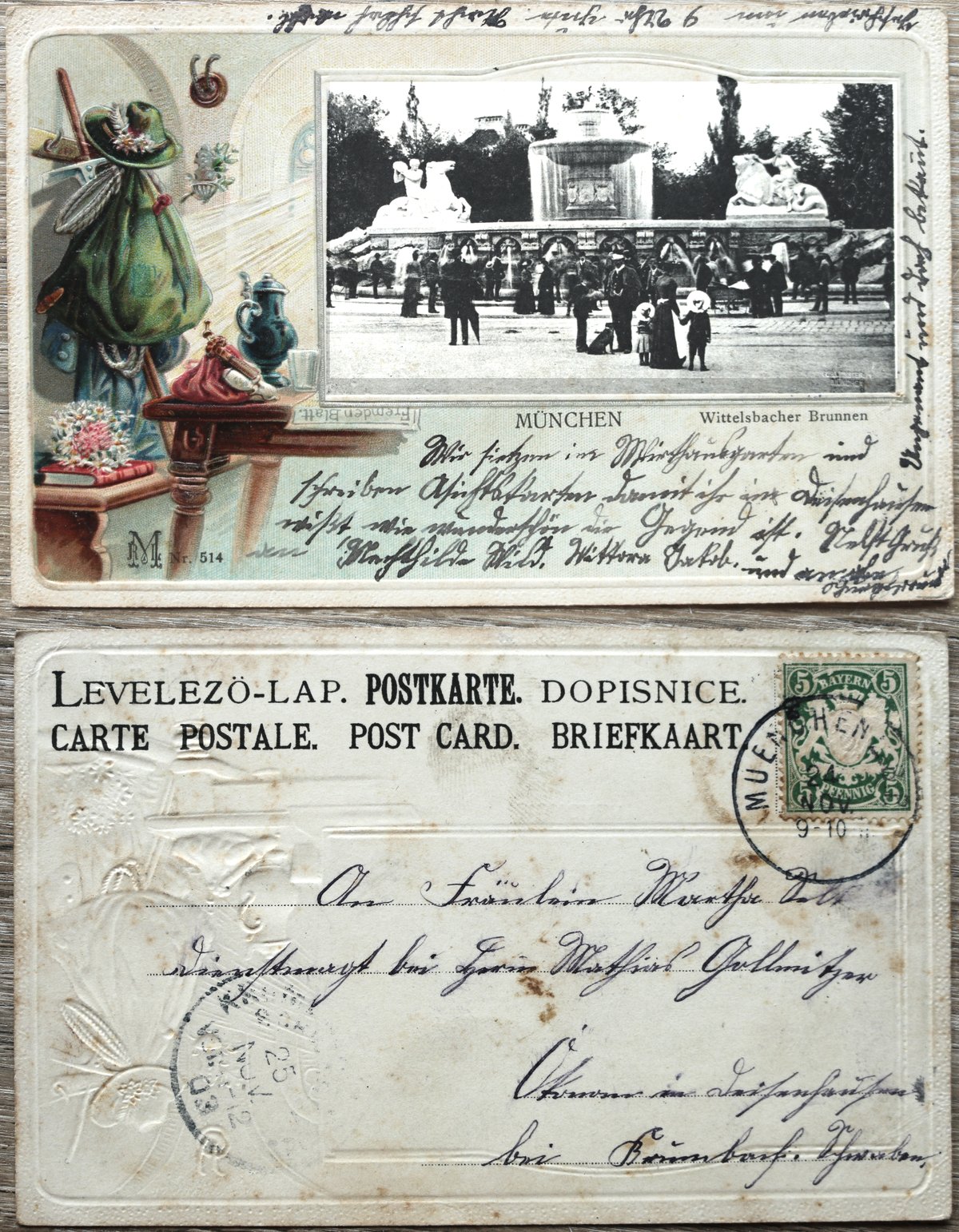
Visiting Wittelsbacher Brunnen in Munich: Hours, Tickets, and Tips
Date: 24/07/2024
Introduction
Nestled in the bustling heart of Munich, Germany, the Wittelsbacher Brunnen, or Wittelsbach Fountain, stands as a testament to the city’s rich cultural and historical heritage. Located in Maximiliansplatz, this neoclassical monument, designed by the acclaimed sculptor Adolf von Hildebrand, was constructed between 1893 and 1895, encapsulating the artistic trends and urban development initiatives of its time. The fountain not only celebrates the elemental force of water but also pays homage to the Wittelsbach dynasty, a prominent ruling family that significantly influenced Bavaria’s political and cultural landscape for over 700 years (source). As a beloved landmark, the Wittelsbacher Brunnen continues to captivate both locals and tourists, offering a serene and reflective spot amidst the city’s vibrant urban life.
Table of Contents
- [History of Wittelsbacher Brunnen](#history-of-wittelsbacher-brunnenhistory-of-wittelsbacher-brunnen)
- [Origins and Construction](#origins-and-constructionorigins-and-construction)
- [Design and Symbolism](#design-and-symbolismdesign-and-symbolism)
- [The Wittelsbach Dynasty](#the-wittelsbach-dynastythe-wittelsbach-dynasty)
- [Historical Context](#historical-contexthistorical-context)
- [Artistic Significance](#artistic-significanceartistic-significance)
- [Preservation and Restoration](#preservation-and-restorationpreservation-and-restoration)
- [The Role of Water in Munich’s History](#the-role-of-water-in-munichs-historythe-role-of-water-in-munichs-history)
- [The Fountain’s Place in Modern Munich](#the-fountains-place-in-modern-munichthe-fountains-place-in-modern-munich)
- [Related Attractions](#related-attractionsrelated-attractions)
- [Visitor Information](#visitor-informationvisitor-information)
- [Ticket Prices](#ticket-pricesticket-prices)
- [Opening Hours](#opening-hoursopening-hours)
- [Travel Tips](#travel-tipstravel-tips)
- [Special Events and Guided Tours](#special-events-and-guided-toursspecial-events-and-guided-tours)
- [Nearby Attractions](#nearby-attractionsnearby-attractions)
- [FAQ](#faqfaq)
- [Conclusion](#conclusionconclusion)
- [References](#referencesreferences)
History of Wittelsbacher Brunnen
Origins and Construction
The Wittelsbacher Brunnen, a neoclassical monument located in Maximiliansplatz in the heart of Munich, was constructed between 1893 and 1895. Designed by the renowned sculptor Adolf von Hildebrand with assistance from Erwin Kurz, the fountain was part of a broader urban development initiative aimed at beautifying Munich and celebrating its rich cultural heritage.
Design and Symbolism
Adolf von Hildebrand’s design for the Wittelsbacher Brunnen is an allegory of the primal forces of water. The fountain features a calm and clear design, which is considered an accomplished artistic installation in Munich. The central theme revolves around the element of water, symbolizing its essential role in life and civilization. The fountain’s neoclassical style is characterized by its symmetry, proportion, and use of classical motifs, reflecting the artistic trends of the late 19th century.
The Wittelsbach Dynasty
The Wittelsbach dynasty, after whom the fountain is named, was a prominent ruling family in Bavaria. The dynasty ruled Bavaria for over 700 years, significantly influencing the region’s political, cultural, and architectural landscape. The Wittelsbachs were known for their patronage of the arts and their contributions to the development of Munich as a cultural hub. The Munich Residenz, the former royal palace of the Wittelsbachs, is a testament to their grandeur and influence (source).
Historical Context
The construction of the Wittelsbacher Brunnen took place during a period of significant urban development in Munich. The late 19th century was a time of modernization and expansion for the city, with numerous public works projects aimed at enhancing its infrastructure and aesthetic appeal. The fountain was part of this broader effort to create a more beautiful and livable urban environment.
Artistic Significance
The Wittelsbacher Brunnen is considered one of the most accomplished artistic installations in Munich. Its neoclassical design and allegorical theme reflect the artistic sensibilities of the time and the influence of classical antiquity on late 19th-century art. The fountain’s calm and clear design contrasts with the more ornate and elaborate styles that were also popular during this period, showcasing Hildebrand’s unique artistic vision.
Preservation and Restoration
Over the years, the Wittelsbacher Brunnen has undergone several restoration efforts to preserve its structural integrity and artistic beauty. These efforts have ensured that the fountain remains a prominent and well-maintained landmark in Munich. The city’s commitment to preserving its historical monuments reflects its dedication to maintaining its cultural heritage for future generations.
The Role of Water in Munich’s History
Water has always played a crucial role in Munich’s history and development. The city’s name, derived from the Old High German term “Munichen,” means “by the monks,” referring to the Benedictine monks who founded the city near a water source. The Wittelsbacher Brunnen’s focus on water as a central theme highlights the element’s importance in the city’s history and daily life.
The Fountain’s Place in Modern Munich
Today, the Wittelsbacher Brunnen remains a beloved and iconic landmark in Munich. It is a popular spot for both locals and tourists, who come to admire its beauty and reflect on its historical significance. The fountain’s location in Maximiliansplatz, a bustling square in the city center, makes it easily accessible and a focal point of urban life in Munich.
Related Attractions
Visitors to the Wittelsbacher Brunnen can also explore other nearby attractions that highlight Munich’s rich history and cultural heritage. The Munich Residenz, the former royal palace of the Wittelsbachs, is a must-see destination. The palace is renowned for its opulent interiors, extensive art collections, and historical significance (source). Additionally, the Justizpalast, located near Stachus (Karlsplatz), offers visitors a glimpse into one of Munich’s most beautiful interiors (source).
Visitor Information
Ticket Prices
Visiting the Wittelsbacher Brunnen is free of charge, as it is a public monument located in an open square. No tickets are required.
Opening Hours
The Wittelsbacher Brunnen is accessible to the public 24/7. However, the best time to visit is during daylight hours when the intricate details of the fountain are most visible.
Travel Tips
- Getting There: The fountain is located in Maximiliansplatz, which is easily accessible by public transportation. The nearest U-Bahn station is Karlsplatz (Stachus).
- Best Time to Visit: Spring and summer are ideal for visiting when the weather is pleasant, and the surrounding gardens are in full bloom.
- Photography: Early morning or late afternoon provides the best natural light for capturing the fountain’s beauty.
Special Events and Guided Tours
While the Wittelsbacher Brunnen itself does not host special events, it is often included in guided walking tours of Munich’s historical sites. These tours provide in-depth information about the fountain’s history and significance within the context of Munich’s broader cultural landscape.
Nearby Attractions
After visiting the Wittelsbacher Brunnen, consider exploring other nearby sites such as:
- Munich Residenz: The former royal palace of the Wittelsbachs, featuring opulent interiors and extensive art collections.
- Justizpalast: Located near Stachus (Karlsplatz), this building is known for its stunning architecture and interior design.
- Old Botanical Garden: A peaceful green space perfect for a leisurely stroll.
FAQ
Q: What are the visiting hours for the Wittelsbacher Brunnen? A: The Wittelsbacher Brunnen is accessible to the public 24/7.
Q: Is there an entrance fee for the Wittelsbacher Brunnen? A: No, visiting the Wittelsbacher Brunnen is free of charge.
Q: What is the best time to visit the Wittelsbacher Brunnen? A: The best time to visit is during daylight hours, particularly in spring and summer when the surrounding gardens are in full bloom.
Q: How do I get to the Wittelsbacher Brunnen? A: The fountain is located in Maximiliansplatz, easily accessible by public transportation. The nearest U-Bahn station is Karlsplatz (Stachus).
Conclusion
The Wittelsbacher Brunnen stands as a testament to Munich’s rich history, artistic heritage, and the enduring legacy of the Wittelsbach dynasty. Its neoclassical design and allegorical theme continue to captivate visitors, making it a cherished landmark in the heart of the city. As Munich continues to evolve, the fountain remains a symbol of the city’s commitment to preserving its cultural heritage and celebrating its historical roots. For those planning a visit, the fountain’s accessibility, free entry, and surrounding attractions make it a must-see destination in the heart of Munich. To stay updated on Munich’s historical sites and travel tips, consider downloading our mobile app Audiala and following us on social media.
